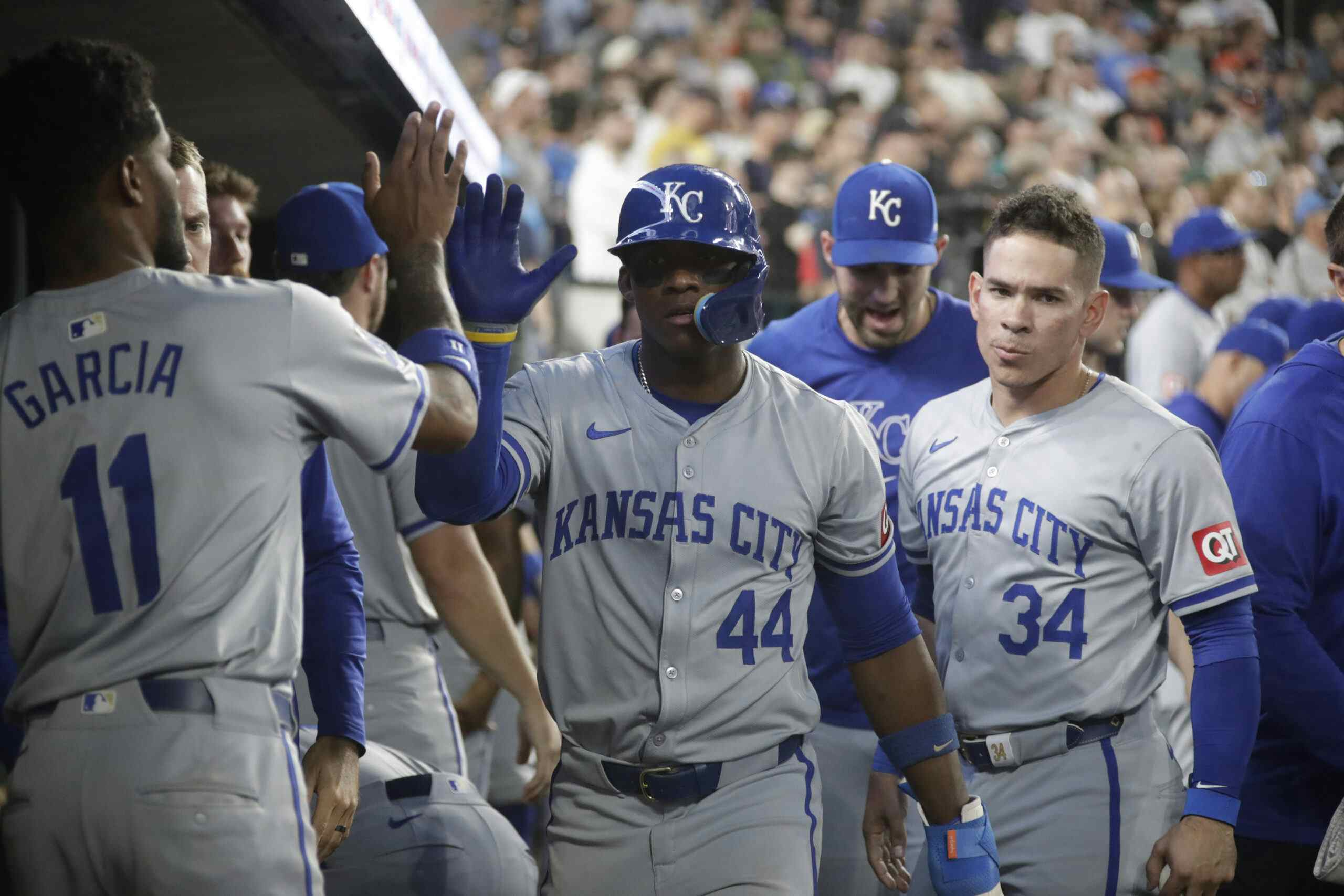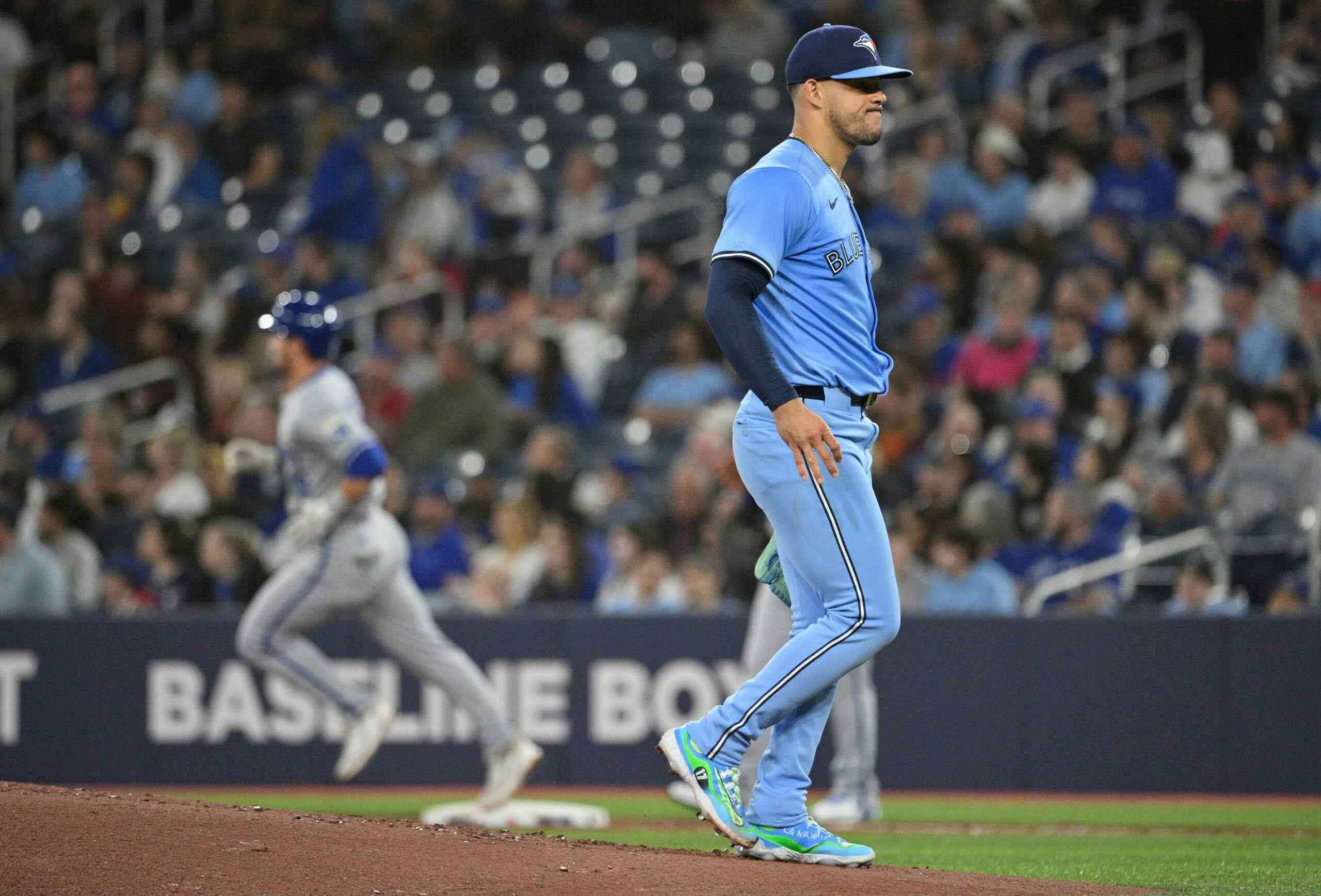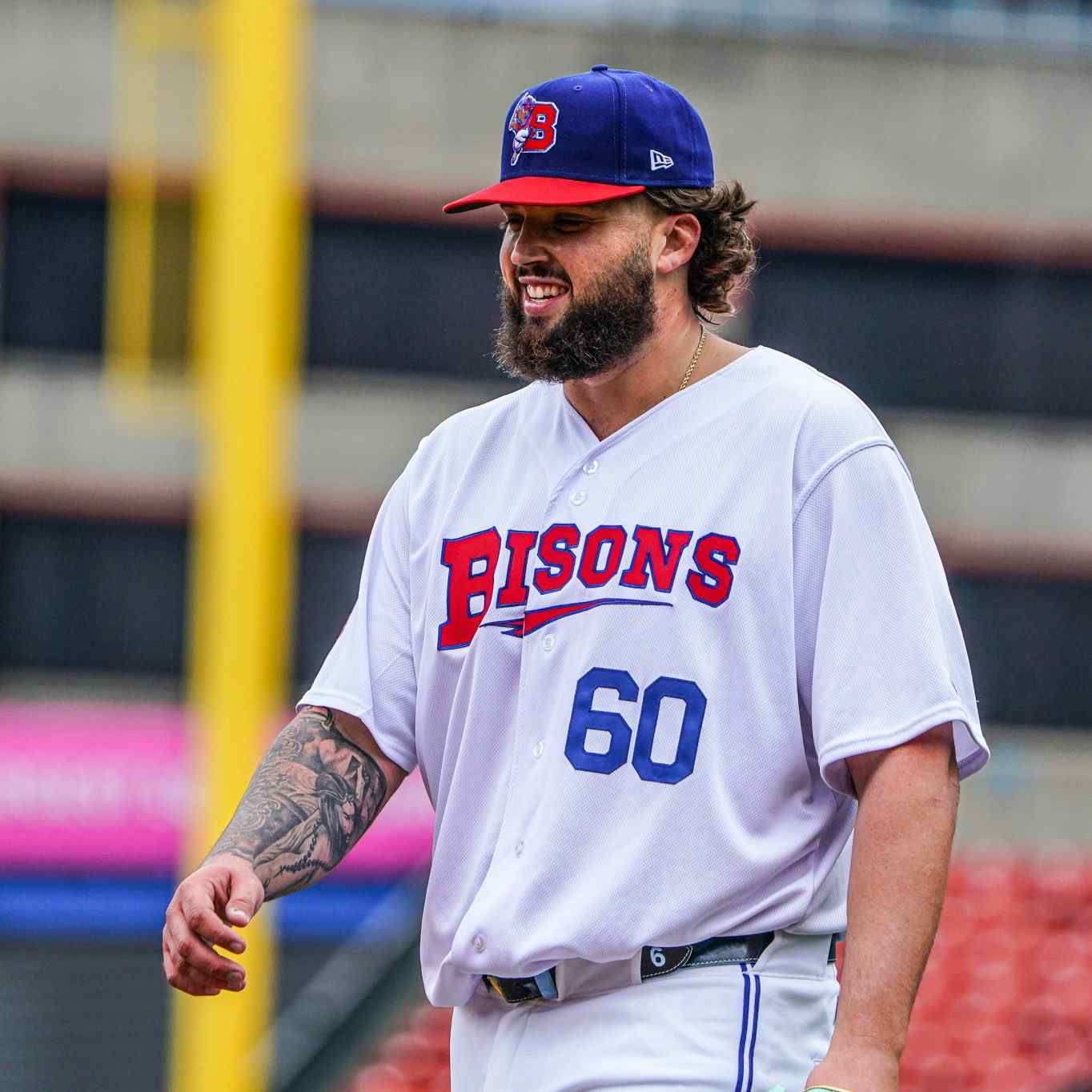Mark Shapiro says the Blue Jays are “exploring” extensions for the young core. What would those look like?
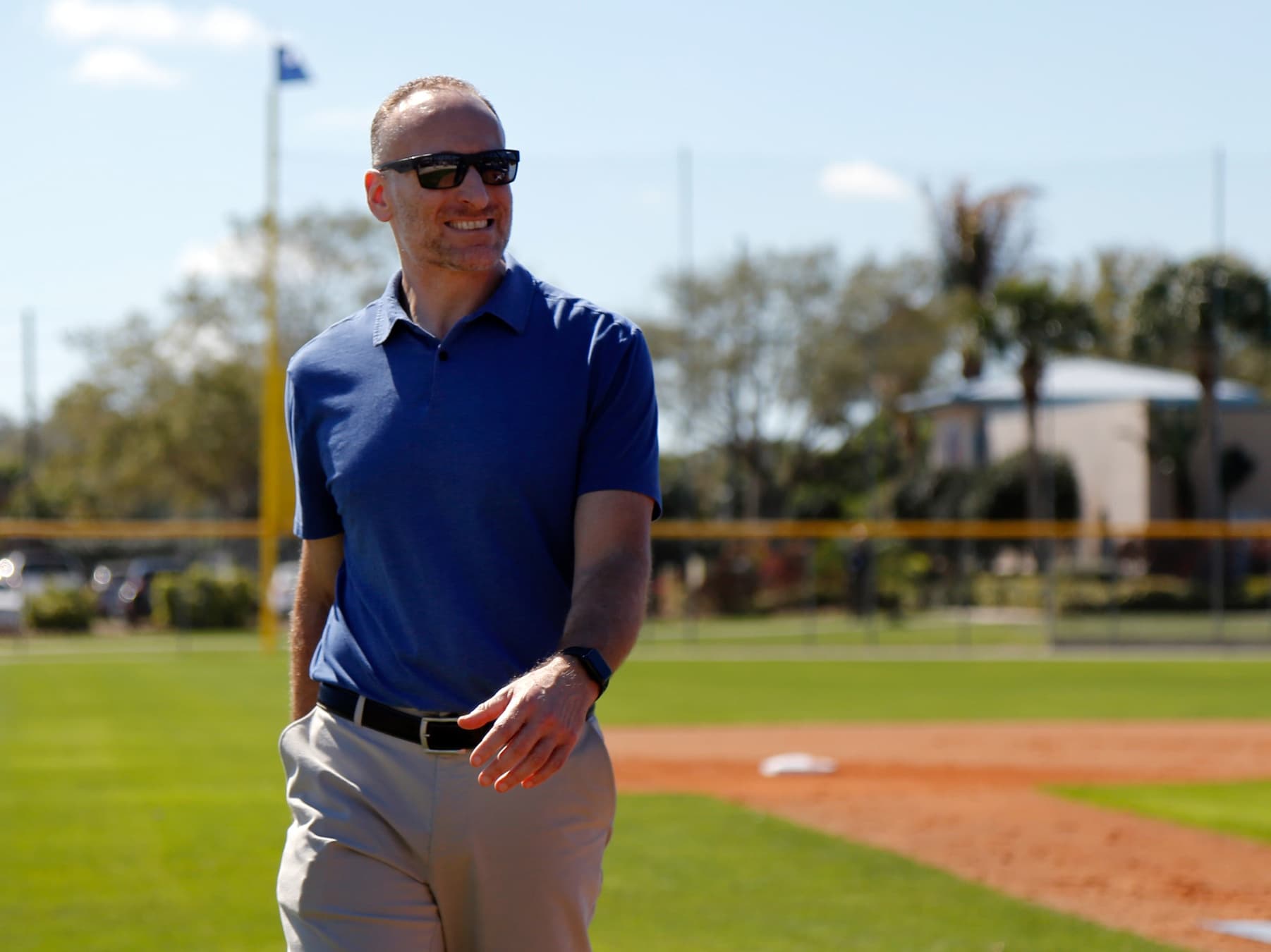
By Cam Lewis
4 years agoWith more and more young stars signing long-term extensions before reaching their arbitration years, eyes have turned to the Blue Jays’ front office and how they plan to handle their young core. Bo Bichette, Vlad Guerrero Jr., and Cavan Biggio just broke into the league last year, but it isn’t out of the question to start talking about long-term contracts.
Mark Shapiro appeared on Writers Bloc with Stephen Brunt and Jeff Blair on Sportsnet 590 on Tuesday and this was one of the topics the trio discussed.
“That is a strategy which (has been) a very big part of my career,” said Shapiro. “And it’s something that we believe strongly in.“Whether we do anything or not, I would assume we’ve explored it or are exploring it with every one of our young players that we have a strong belief are gonna be good players here for a long time.”
Back when he was with Cleveland, Shapiro was involved with signing Corey Kluber to a long-term extension before he was able to reach arbitration for the first time. After two full seasons in the Majors, Cleveland and Kluber agreed to a five-year extension worth $38,500,000. A year before that, Yan Gomes was given a six-year extension worth $23,000,000 after just 131 games in the Majors. So this is certainly something Shapiro is familiar with.
Anyways, let’s look at some comparable contracts signed by pre-arbitration players in recent years to get an idea of what the Blue Jays’ young core would be looking at.
We’ll start with Cavan Biggio because it’s easy. Though he’s always mentioned as part of Toronto’s young trio, he isn’t on the same level as Bo and Vlad and he won’t be commanding as much money on a long-term as they would.
Roughly a year ago, the Tampa Bay Rays inked Brandon Lowe to a six-year contract extension, with two options, for $24 million guaranteed. Just like Biggio, Lowe is primarily a second baseman, but he’s also spent time in the outfield and at first base, making him pretty much the perfect comparable for Biggio.
The Rays handed Lowe that deal after he had played just 43 games at the Major League level. He slashed a .233/.324/.450 line over 148 plate appearances in the Majors and otherwise produced a .297/.391/.558 line in 445 plate appearances between Triple-A and Double-A that season. Biggio, of course, had an excellent rookie campaign for the Jays in 2019, slashing a .234/.346/.429 line after raking in Triple-A for a month.
Lowe’s contract is also similar to the one signed a year earlier by Scott Kingery of the Phillies. Kingery, a shortstop who hadn’t yet played a game in the Majors, inked a six-year deal worth $24 million that featured three option years that could make the team worth a total of $65 million.
The breakdown for Lowe is $1M, $1.5M, $2.5M, $4M, $5.25M, $8.7M guaranteed plus team options of $10.5M and $11.5M. If the Jays and Biggio reach a long-term pre-arbitration deal, this is pretty much what to expect it to look like.
We can also quickly talk about Danny Jansen and Nate Pearson.
I doubt we hear much discussion around Pearson getting a long-term deal any time soon because of the volatility of pitchers. Take a look at the Yankees and the deal they signed with Luis Severino and how that’s working out for them right now. But, as the aforementioned Kluber contract indicates, a long-term deal for Pearson isn’t completely out of the question. I just wouldn’t expect to hear anything about it until his final year before arbitration.
The Gomes contract I mentioned above sets somewhat of a template for Jansen. It’s pretty uncommon you see a young catcher ink a long-term deal, so Gomes getting that six-year extension after a breakout season was more of an exception than a rule. Generally, this is only something you see with cases like Buster Posey, a truly elite, franchise catcher. But, as with the Gomes deal, the Jays could get Jansen locked up after the 2020 season through all of his arbitration years while saving money on free agency. I’m just not sure if it’s necessary given the amount of depth they have at the position in their system.
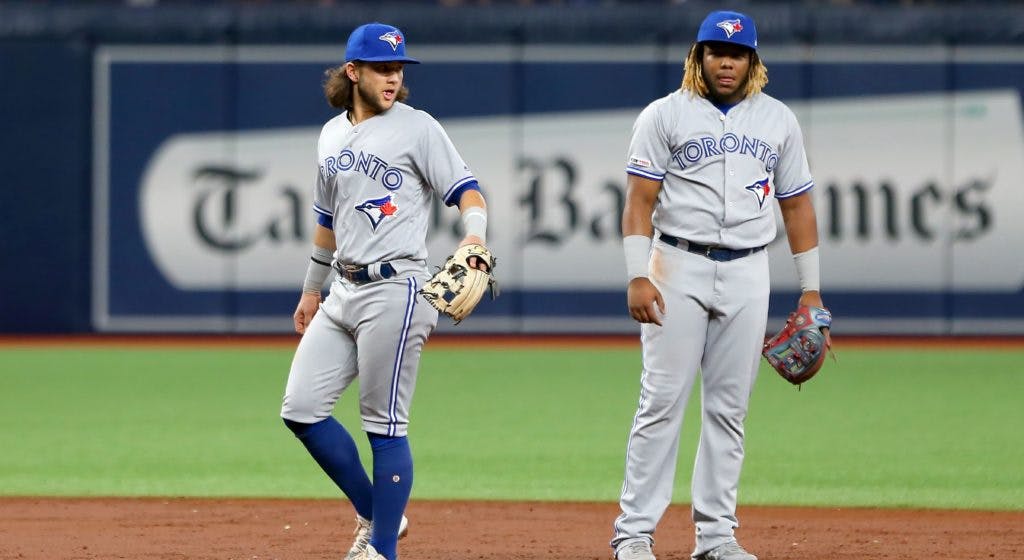
Finally, we have Bo and Vlad. These are the most important two situations to discuss, and they kind of go hand in hand because both Bo and Vlad will be following top-tier comparables.
Vlad Jr. was historically good in the minors, warranting him No. 1 prospect status coming into the 2019 season. Despite that, he had a bit of a disappointing start at the Major League level. I mean, Vlad was only 20 years old, so expectations were probably unrealistic. Still, he didn’t come up and light the world on fire like a 20-year-old Ronald Acuna Jr. did in Atlanta the year before.
And then there’s Bo, who will hit arbitration one year later than Vlad, though both players are slated to hit free agency following the 2025 season. Bo was always hidden a little bit in Vlad’s shadow as the two worked their way up the minors, but that all changed last season. While Vlad had an underwhelming start, Bo hit the ground running when he was called up in August, slashing a .311/.358/.571 line over 212 plate appearances.
Even if Vlad came out in 2019 and dominated like Acuna did in 2018, I’m not sure he would be the ideal comparison to make when it comes to a contract. Acuna inked a shockingly team-friendly eight-year, $100 million extension with the Braves in April last year. That deal will have him signed until he’s 30, assuming the two team options are exercised, and will never pay him more than $17M annually. I think Acuna’s deal will be the exception for young stars, not the rule. With that in mind, I wouldn’t use Acuna’s deal as a comparable for what to expect with Bo, either.
Yoan Moncada might be a better comparable for Vlad, specifically. Moncada, another former top prospect, had a slow start in his first season in the Majors, slashing a .235/.315/.400 line, but enjoyed a breakout season the following year in 2019, slashing a .315/.367/.548 line.
That season was enough for the White Sox, who have been very aggressive in terms of locking young players up quickly, to give him a five-year, $70M extension. 2020 was going to be Moncada’s final year before arbitration, so this deal eats his four remaining control years plus two free-agent years. The White Sox have Moncada’s first free-agent year locked up for $24.8M and have a team option after that for $25M, both of which should be bargains by that time.
On the higher end of the comparables, you have Alex Bregman. This actually serves as a bit of a cautionary tale for the Jays. Bregman, a former second-overall pick, came into the league mid-way through 2016 and had a so-so start over his first 49 games. He had a good season in 2017 and then really broke out in 2018, finishing fifth in MVP voting. After those two-and-a-half seasons, the Astros gave Bregman an extension worth $100 million over five years. The extension eats his three arbitration years at a salary of $13M each and two free agency years at $30.5M each. It’s the same set up as the Moncada deal, but obviously more favourable to the player.
These two deals represent the high and low end of what I would expect for Bo and Vlad if they end up signing pre-arbitration deals. Using Bregman as a template, the longer you wait to get these deals done, inevitably, the more favourable they become for the player and the more difficult it is to lock up free agency years.
After the 2020 season, the Blue Jays should be prepared to lock both Bo and Vlad up to long-term deals. There’s obviously a risk factor involved here, but the long-term payoff of eating up a couple of free agency years plus not having to go through the whole arbitration process with star players makes it absolutely worth it.
Recent articles from Cam Lewis


